Eating Raw Bacon: Good, Bad, Risky?
Many of us love bacon. There are different ways to cook bacon. It can be baked, fried, grilled, or whatever you can think of. But what about raw? Can you eat raw bacon?
Yes, you can eat raw bacon, but it’s risky. You risk getting infected with dangerous bacteria or parasites. There are ways to lower the risk, and they all depend on proper food handling, processing, and hygiene.
A good number of people who enjoy eating bacon eat it cooked. But there are cultures that eat raw meat. So don’t count out eating raw bacon yet. Proponents of the raw food diet or carnivore diet might also say it is safe to eat some raw meat, including bacon.
You can briefly read below why you might not want to eat raw bacon, and how to cook it properly. But if you want to give it a try, you can also find out below how you can safely do it.
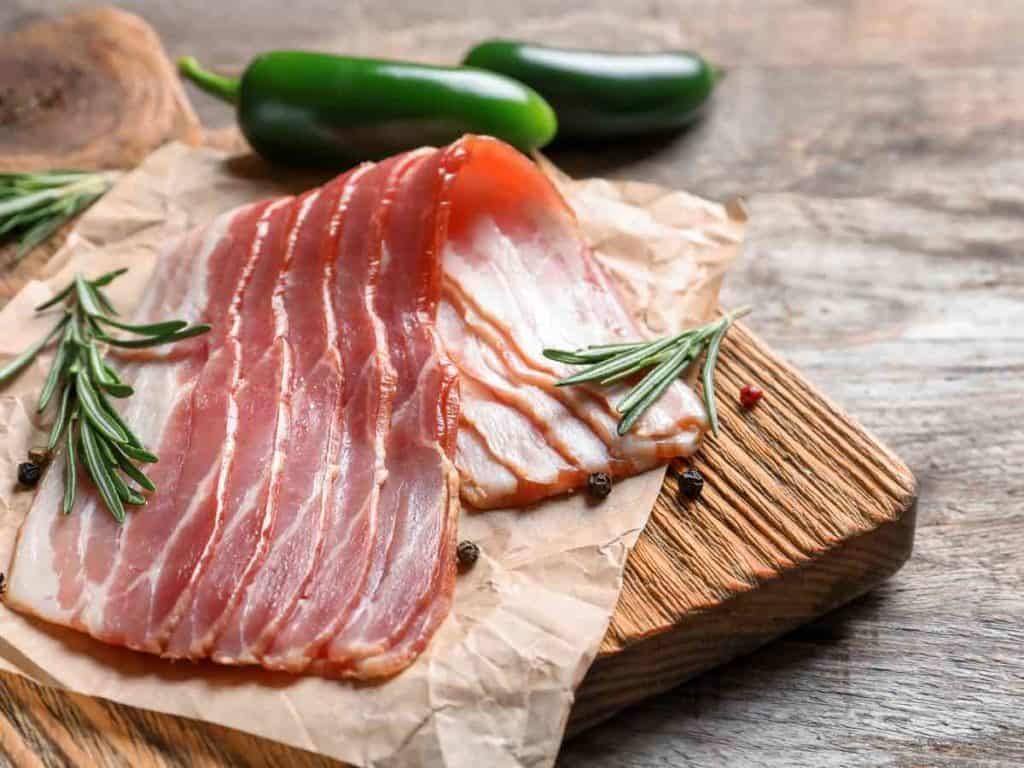
Why You Shouldn’t Eat Raw Bacon
Eating raw or undercooked meats is among the top reasons people get food poisoning. According to the US Centers for Disease Control and Prevention. Raw and undercooked foods from animals are most likely contaminated with pathogens.
These pathogens may have gotten to the meat as early as the animal’s slaughter. Or it could have gotten there as late as unhygienic handling at the market. Some of these pathogens include bacteria like E. coli, Salmonella and Listeria. They also include parasites like tapeworms and roundworms.
Cancer
Red meat is classified by the World Health Organization (WHO) as a Group 2A carcinogen. That means there is enough evidence to say that red meat can probably cause cancer. Meanwhile, processed meat is classified by the WHO as a Group 1 carcinogen.
That means there is enough evidence to say that processed meat causes cancer. And where does bacon fall between the two?
Both.
Studies have connected higher intakes of processed meat to higher risks of cancer. These cancers include the colorectal, stomach, and even breast cancers.
Heart
If you’re not too worried about cancer, what about your heart? About 3.5 oz (100 g) of raw bacon has 40 g of fat, and 13 g of that 40 g is saturated fat. Many studies have found connections between saturated fat intake and high LDL cholesterol. LDL cholesterol is what is referred to as “bad cholesterol”. Having high LDL cholesterol may raise your chances of heart disease and stroke.
Minimizing Risks When Eating Raw Bacon
If you’ve made it this far, then that means you’re adamant about eating raw bacon. The good news is eating raw meat isn’t weird. There are plenty of dishes and cultures around the world that eat raw meat.
You’re probably familiar with Japan’s sashimi, which is raw fish meat. Steak tartare is a dish made from raw ground beef or horse meat. Germany has a dish called hackepeter or mett. It is made with raw pork mince. There seems to be no dish that specifically uses raw bacon. But that also means you can be as creative as you want.
How to Prepare Yourself To Eat Raw Bacon
Unfortunately, good health doesn’t guarantee you won’t get food poisoning. Being extremely fit doesn’t lower your chances of getting food poisoning. If there are enough pathogenic bacteria in the raw bacon, you’ll get food poisoning.
But, if you have faith that the bacon you’ll get is handled properly, then you can eat it raw with fewer risks. The information below can guide you to eating raw bacon.
Get From A Reliable Source
Getting your bacon from big chain grocery stores is risky. That bacon would have traveled far since the animal was slaughtered. It would have also been handled by many different people. Your best bet is to get your bacon from a trustworthy source, like a local butcher.
Check if they have all the proper certificates and documents so you can trust their products. A certificate of traceability is important because it helps you know the farm the pig was from.
Ease Into It
Don’t go cold turkey, or in this case, cold bacon. Try gradually eating undercooked bacon. Every day or so, you let the bacon be a little rawer than before. You also don’t need to eat a plateful of undercooked bacon. You can try portioning eat: Some cooked, some undercooked.
Over time, you decrease the cooked bacon and increase the undercooked ones. That way, you can prepare your mind and body for it.
Prepare Your Gut
In your gut are millions of bacteria. They compose what is called the gut microbiome. They help your body break down food. They also change depending on what food you eat.
Until now, your gut bacteria are probably used to breaking down cooked food. So to help your gut bacteria, you may want to take in probiotics or eat fermented foods like yogurt or kimchi.
Keep Everything Else Safe
Even if you intend to eat your bacon raw, continue to observe common food safety rules. Don’t let your raw bacon (and other raw meats) near other foods.
Use separate kitchen utensils and equipment when handling your raw bacon. Thoroughly clean whatever was in contact with your raw bacon. If you will keep your raw bacon in the fridge, store it at the bottom so it doesn’t drip onto other foods.
Control The Temperature
Bacteria that can cause food poisoning to grow fast on meats that aren’t refrigerated. Keep your raw bacon (and other raw meats) below 39 °F (4 °C).
Once you get your raw meats put them in the fridge as soon as possible. So if you are out buying other groceries or running other errands, buy your raw meats last. You can also bring an insulated cooler where you can place your raw meats.
Mind The Date
Even traditional cultures recognize the dangers of eating raw meat. That’s why when they do, they only eat fresh raw meat. African tribes like the Maasai would eat raw meat right after they killed the animal. Thus, they are sure that the carcass hasn’t been contaminated with dangerous bacteria.
The same principle goes for you.
Eat only raw fresh bacon. If you have bacon that you don’t plan on eating raw soon, keep it in the freezer. Only thaw it out when you’re about to eat it.
Flavor It
You don’t have to dive into a plate of plain raw bacon. You are free to make it tasty without cooking. Add salt, pepper, garlic powder, onion powder, and other spices. Eat it with fresh vegetables and herbs.
Germany’s mett is usually served with garlic, caraway, or chopped onion, and the meat is spread on a bread roll. Kibbeh nayyeh is a Lebanese raw meat dish.
The meat is usually minced raw lamb. The Lebanese don’t just eat it as is. They usually serve kibbe nayyeh with mint leaves, olive oil, and chopped onions. They would also add spices like allspice and nutmeg. So have the same creativity when eating your raw bacon.
Possible Benefits of Raw Bacon
Avoiding Nitrites
Processed meats are meat products that go through processing. These processes are curing, smoking, salting, canning, or other methods. Bacon usually goes through the first three. Nitrites are used to cure the meat to preserve it and improve its flavor.
Unfortunately, nitrites have been found to be carcinogenic. But if you get your bacon from a local butcher, you can request to leave out all the processing. Just ask for pure unadulterated raw bacon.
Possible Health Benefits
Proponents of the raw food diet and carnivore diet have rejoiced on their way of eating.
They claim that eating raw meat can have good effects. The benefits they mention range from steady energy to higher sex drive. It may be a little too much information, but some claimed they’ve had better trips to the toilet. But don’t expect to feel superhuman after only eating raw bacon.
At best, you’ll feel neither good nor bad effects.
Less Dishes
This one is a bit obvious. If you won’t cook your bacon, you have less dishes to wash. However, you will be handling raw meat. So for the stuff that you will wash, wash it thoroughly.
It doesn’t really matter what your reasons for eating raw bacon are. Whether it’s for your health or your curiosity, if you are set on doing it, then go, but do it properly. Understand the risks and do all that you can to avoid them. And, of course, do all that you can to enjoy it.
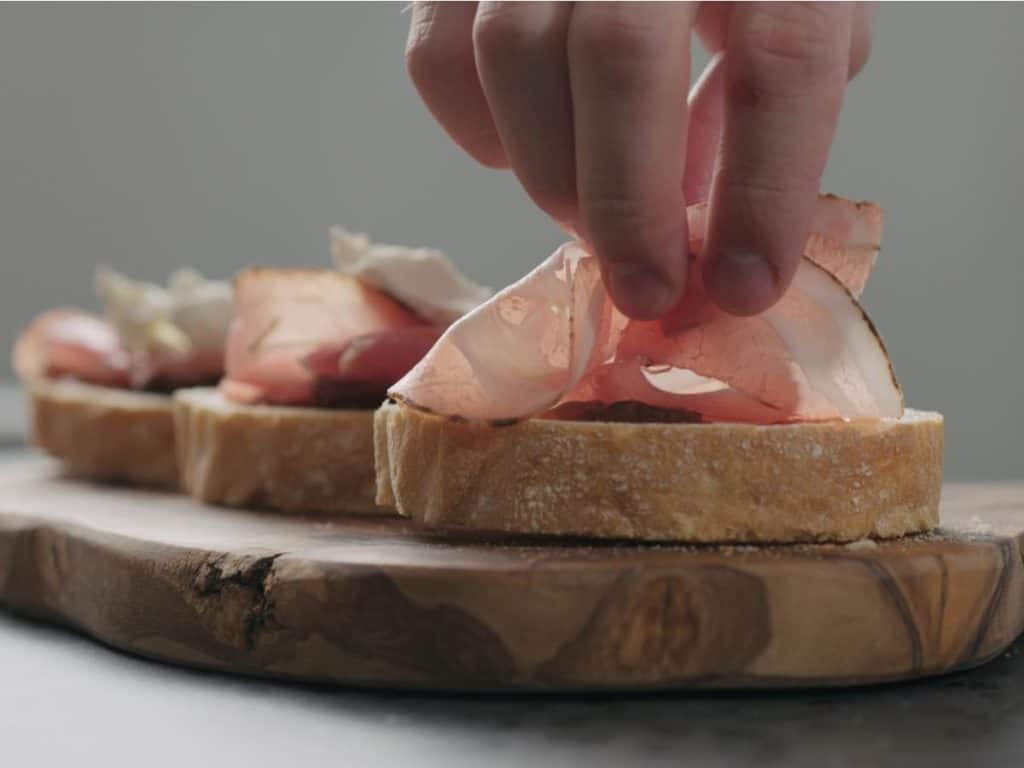
Cooking Bacon While Staying Healthy
If you generally live a healthy lifestyle, some bacon every now and then won’t be too harmful. You won’t immediately get cancer or clogged arteries. So if you want to indulge in some bacon goodness without the risk of food poisoning, you can do the following.
Frying
This method is a classic for breakfast. As simple as it is, it can still be messed up. If you don’t do it correctly, you can end up with soft floppy bacon. It’s best done on a nonstick skillet, but a nonstick pan is just as good.
You don’t need to use cooking oil. The fat from the bacon can suffice. Take out your bacon from the fridge 15 to 20 minutes before cooking. This time will let the bacon thaw or warm up a bit.
This next step may seem odd for some cooks, but you don’t preheat your skillet. The bacon needs to heat up slowly. When you put cold bacon on a hot surface, it will seize up.
The fatty parts become flabby. You want the fat to render slowly, especially if you want to get a lot of drippings. As the pan heats up, the fat melts. The meat will eventually crisp up and cook through, making wonderful crunchy slices.
Lay your bacon strips as a single layer on the cold skillet. Don’t let the bacon strips overlap so they all can cook evenly. But you, can place the strips close to each other since they shrink as they cook.
Cook over medium heat. Once one side has turned crispy, turn the bacon over. The other side might cook faster than the first, so pay attention so you don’t burn that other side. Once both sides are cooked and crispy, drain the fat on a paper-towel-lined platter.
Baking
This method is great if you’re cooking for many people. Line a rimmed baking sheet with foil or parchment paper. The rim should be high enough to contain the bacon drippings. If you will use a metal cooling rack, spray the rack with non-stick cooking spray. Place the rack inside the baking sheet.
Layout as many bacon strips as you can fit without overlapping them. Like with the skillet or pan, don’t preheat the oven. The same reason applies: You want the bacon to heat up slowly. Place the bacon in the oven. Turn up the oven to 400 °F (204 °C).
You don’t have to turn the bacon over because the heat will be circulating from all directions. Bake to desired crispiness. Baking time can be between 10 to 30 minutes. Check every 10 minutes so you don’t burn your bacon. Pay close attention if the bacon looks like it’s nearly done.
Drain afterwards.
Microwave
The microwave can work if you’re only cooking a few strips. Line a microwave-safe plate with 2 layers of paper towels. Lay out the bacon strips without overlapping. Cover with 2 more paper towels.
Cook in the microwave on high to desired crispness. About 4 to 6 minutes should work, but it depends on what your microwave is capable of. Check if the bacon is cooked.
It’s okay to microwave longer if the bacon still looks undone. The paper towels should absorb the melted fat, so minimal to no draining is necessary.
Deep Fry
This has to be the unhealthiest way to cook bacon, so don’t do it often. But when you do, you’ll wonder if any breakfast can beat it. Unlike the first three methods, you’ll need a lot more ingredients than just bacon. Below are what you’ll need for the batter for a pound of bacon. You can adjust as you wish.
- Whole eggs – 3
- Sugar – 1 tbsp
- Milk – 2 cups
- All-purpose flour – 3 cups
- Salt – 1 tsp
- Pepper – 1 tsp
- Cooking Oil – 3 cups
Pre-cook the bacon whichever way you prefer as mentioned earlier. Pre-cooking the bacon means you don’t have to worry about cooking it during deep frying. All you have to think about is cooking the batter for a golden-brown finish. Heat the cooking oil in a deep saucepan. The oil should reach 350 °F (175 °C).
You can also skip the pre-cooking if you like. But you will have to deep fry longer so the heat can cook the bacon inside the batter. You also risk burning the outsides.
While the oil heats up, whisk the eggs and milk together in a bowl. Then add the sugar, all-purpose flour, salt, and pepper into the bowl. Make sure the batter is smooth and that there are no lumps. Dip the bacon into the batter. Make sure each strip is completely covered.
When the oil has reached 350 °F, dip the bacon. If you pre-cooked the bacon, you only have to deep fry for about 3-4 minutes to get a golden-brown finish. Pull out the bacon and let it cool down.
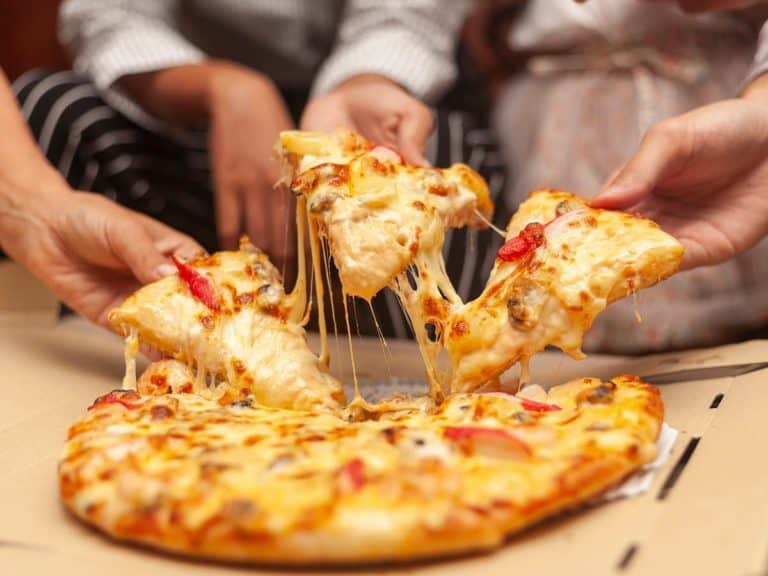


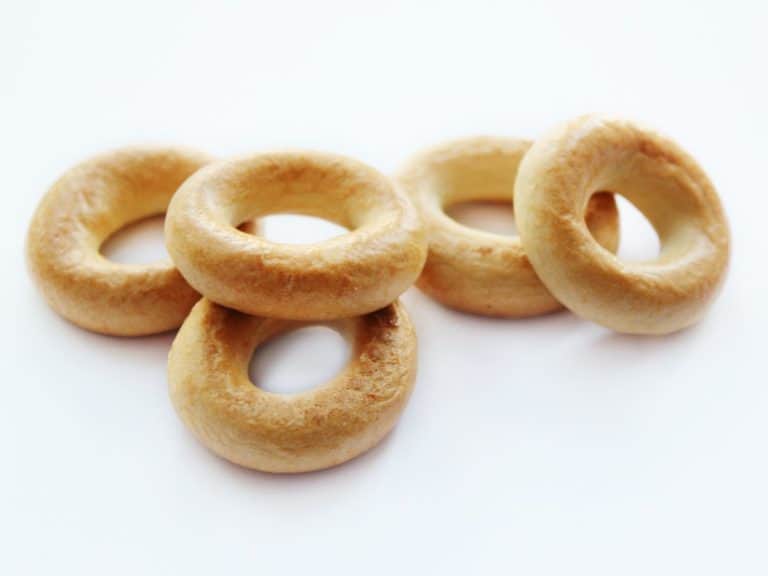
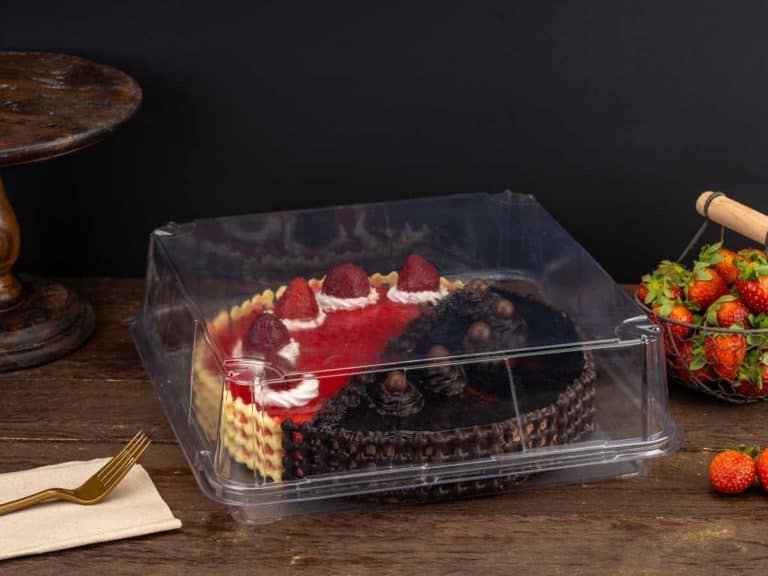
![How Fast Does Alcohol Evaporate [At Room Temperature and When Boiling]](https://foodwine.com/wp-content/uploads/alcohol-evaporation-1750680020-768x576.jpg)